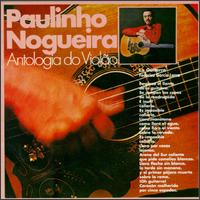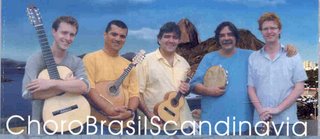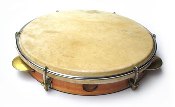 Nicanor Teixeira
Nicanor Teixeira (b.1928)
is regarded as one of the top composers of the Brazilian violão (guitar) ever. Nicanor Teixeira has written pieces in diverse genres mixing classical music and Brazilian folklore of choros, lundus, cateretês, sambas, batuques, valsas, ponteios, baiões, and modinhas.
In 2000, mandolinist/arranger Afonso Machado and Bartholomeu Wiese (violão), members of the Galo Preto, produced the tribute CD for Rob Digital "Nicanor Teixeira por 28 Grandes Intérpretes" (RD037) with Teixeira's songs interpreted by noted musicians like Turíbio Santos, Egberto Gismonti, Guinga, Jodacil Damasceno, Léo Soares, Cláudio Tupinambá, Afonso Machado, Galo Preto, Bartholomeu Wiese, Marcos Llerena, Nicolas de Souza Barros, Maria Haro, Luiz Otávio Braga, Graça Alan, and others.
I highly recommend this cd of magnificent renditions of compositions by Teixeira, tracklist inserted below:
1.Carioca 1 - Turíbio Santos e Galo Preto 2.Olhos Que Choram - Nicanor Teixeira 3.Canção Terna - Guinga 4.Auto-Retrato - Marcos Farina e Luíz Otávio Braga 5.Romaria de Bom Jesus da Lapa Nicanor Teixeira, Maria Haro, Bartholomeu Wiese e Nelson Caiado 6.Concertante 3 - Bartholomeu Wiese 7. Prelúdio 1 - Jodacil Damaceno 8. Prelúdio 2 - Jodacil Damaceno 9. Estudo 3 - Jodacil Damaceno 10.João Benta no Forró Marcus Llerena, Chuang Yu Ting, Vera Andrade e Felipe Freire 11.Procissão Maria Haro, Bartholomeu Wiese, Marcus Ferrer e Luciana Requião 12.Mariquinha Duas Covas Afonso Machado, Bartholomeu Wiese e André Boxexa 13.Elegia - Léo Soares 14.Te Enxerga, Muié - Maria Haro e Rodolfo Cardoso 15.Estudo 2 - Cláudio Tupinambá 16.Estudo Brilhante - Nicholas de Souza Barros 17.Cantiga - Graça Alan, Vera Andrade e Nelson Caiado 18.Cateretê Das Farinhas - João Rabello de Faria 19.Velha Lembrança - Alexandre Gismonti e Egberto Gismonti
Alvaro Neder has a career profile of Nicanor Teixeira in AMG:
"Already an amateur player, Teixeira came to Rio de Janeiro in 1948, where he took classes with Dilermando Reis. In 1952, Teixeira performed at Ary Barroso's show, winning first prize. At that time, he was a member of the Orquestra de Violões de Dilermando Reis (Dilermando Reis Guitar Orchestra). His debut as a concerto player was in 1958 at ABI (Brazilian Press Association), when he was already a busy professor at the Brazilian conservatory and other music schools. Through Hermínio Bello de Carvalho, Teixeira came to back up Clementina de Jesus, Ismael Silva, Zé Kéti, Aracy de Almeida, and other singers. In 1961, an illness in the index-finger of his right hand forced him to abandon the profession of musician. In that period, he and other violão players designed the curriculum of the instrument for the Brazilian Conservatory of Music. Through intense effort, Teixeira overcame the problem in his hand and continued to perform sporadically, recording in 1977 the independent O Violão Brasileiro de Nicanor Teixeira; it was distributed as a gift by a company and was never commercialized. After 1985, he wrote several pieces for the Quarteto Carioca de Violões (formed by Maria Haro and Nicolas de Souza Barros), such as "Mariquinhas Duas Covas," considered a classic of today's violão ensembles. In 2000, he was paid tribute at the Sesc RioArte when several of his compositions were interpreted by Turíbio Santos, Jodacil Damasceno, Afonso Machado, and Galo Preto, among others".
One of the contributing musicians on the above mentioned cd is Maria Haro. Enjoy a live-performance by Maria Haro playing one of Teixeira's compositions, click here or on headline
Jo






